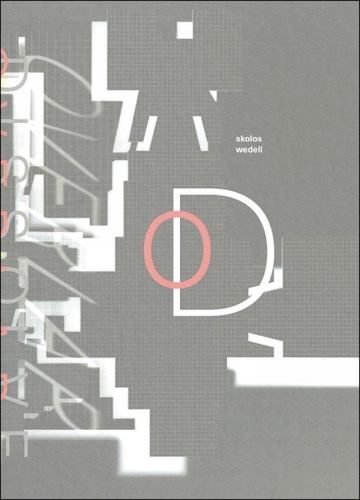
Overlap/Dissolve
(Hardback)
Publishing Details
Overlap/Dissolve
By (Author) Nancy Skolos
By (author) Thomas Wedell
Oro Editions
Oro Editions
9th June 2023
United States
Classifications
General
Non Fiction
Graphic design
Typography and lettering
Poster art
741.60904
Physical Properties
Hardback
296
Width 190mm, Height 267mm
1426g
Description
This autobiographical monograph presents a retrospective of the 40-year innovative graphic design practice of husband-and-wife team, Nancy Skolos and Thomas Wedell.
The two have seamlessly merged the boundaries between graphic design, photography and typography, fusing two-and three-dimensional space through overlapping type and image. Long-time influential designers and educators, and 2017 AIGA medalists, Skolos-Wedells work has been widely exhibited and published in the US and internationally. The book has been written as a series of interviews between Skolos and Wedell, and beautifully designed by the artists themselves. The result is a work of total design that showcases their unique way of thinking and working.
Prototypes, iterations, and studio set-ups shed light on the process behind the finished work which unfolds in chronological order, subdivided in decades: 80s, 90s, 00s, 10s, 20s, with each section beginning with a timeline of notable events. While a time-based taxonomy may seem unimaginative, it was critical for presenting the evolving working methods. To provide the most direct view of the studios collaborative design process, much of the text unfolds as a series of interviews with each other.
Author Bio
Nancy Skolos and Thomas Wedell work to diminish the boundaries between graphic design and photographycreating collaged three-dimensional images influenced by modern painting, technology, and architecture. With a home/studio in Providence they balance their commitments to professional practice and teaching at the Rhode Island School of Design.
The studios work came into its own during the 1980s with clients in Boston where the developing high technology industry opened opportunities to develop a graphic language for many intangible inventions. The teams surreal photographic concepts combined with rational typographic structures gave voice to concepts such as software and made room for abstraction. A 1993 Eye Magazine feature on the studio labelled their attitude techno-cubist. Over the span of their career their approach has evolved, and their client base has expanded but their passion for combining photography and graphic design, has remained the foundation of their vision.
